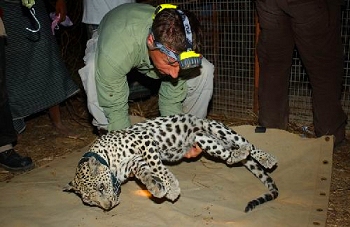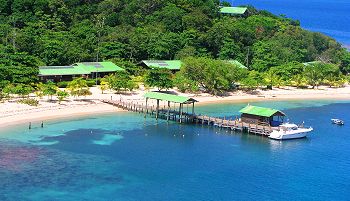Dr. Matthias Hammer, Managing Director & founder of Biosphere Expeditions, looks at Oman & Honduras and what it’s like to set up a new expedition
I am often asked how we find new expeditions. The answer is that they find us. Every year I receive about 100 requests from scientists and organisations all over the world. All of them receive a standard reply referring them to a page on the Biosphere website that explains in some detail how we work and how to put in a first short proposal and project outline/idea. 90% I never hear back from, probably because our site makes people realise that an application involves some rigorous scientific proposal-writing, or that there is more to Biosphere Expeditions than showing a bunch of tourists some birds or elephants.
Of the 10% who write back, many fall by the wayside for various reasons. Some are too expensive: I was offered a coconut crab project on Zanzibar once, but the accommodation in some swish lodge would have run to £800 per slot per person alone! Some projects are interesting, but not realistic to run for the moment: I have been talking to a chimpanzee biologist in the Congo for three years now, but we both agree that it’s simply too dangerous to run an expedition there, for now at least. And some projects simply don’t hold up to scrutiny of their science/conservation content.
The select few that make it past the first hurdles have to write a full-blown research proposal, a sample expedition dossier, safety & emergency plans, risk assessments and of course a detailed budget proposal. It’s a tall order, but those that come back with all the paperwork are getting close.
The research proposal is assessed internally and externally, the budget is discussed and the various safety plans are gone through. All this is done remotely by e-mail and only when both parties are happy, do I go on a reconnaissance visit. During this visit, I look at everything in situ – the proposed base and its facilities, services, research activities, logistics, red tape, transport etc. And I turn into a guinea pig, travelling the way that a typical team member would and meeting the local partners at the proposed assembly point to get an idea of how easy or difficult it is to get there. We then travel to the proposed base, mimicking the expedition route as much as we can. Once at base we go through the research activities together with me as a guinea-pig team member. We stage an accident. We talk to local helpers and stakeholders (such as landowners or bureaucrats).
Once Biosphere Expeditions commits to a reconnaissance visit, there is a very good chance of the proposal becoming an expedition. And how long does this whole process take? Usually two to three years so there are no quick fixes!
Oman

The lead-in for Oman was unusual in that I was approached by a representative of Oman and Gulf Air at an exhibition in Berlin, who contacted local scientists and brokered the first proposal. Once the paperwork was all done, the airline flew me out to Oman first class (the first and probably only time I will have been in seat 1A on a flight!) and gave me the red carpet treatment with suites in hotels for me to “hold court” in. Very unusual and not the customary guinea-pig experience!
Once out of Muscat and into the field, things soon approached rodent level again and we spent some days driving through the study site, hiking up and down mountains, looking at possible camp sites and talking to various house owners in the local town about descending on them with an expedition team. Permits were not much of an issue, since the scientist works for the “Diwan” (the Sultan’s court), so came with the very highest credentials. We soon had a base, valleys and areas for investigation and a workable research plan. Now in its fourth year, Oman continues to be a success for us and Arabian leopard conservation.
Honduras

From our very first e-mail, I could tell that our local partners, the Honduras Coral Reef Fund (HCRF) were used to the process of writing proposals. Replies were speedy, well-written, well-researched and professional. As it turned out we became one of several partners that the HCRF is working with in a bid to become self-sustaining, financially and otherwise, from their Swiss foundation and donor roots.
When I first arrived in Honduras, I found almost everything that I could ask for already in place. A very well-equipped research station (on a beautiful coral cay), and tried and tested safety and research procedures as part of a very professional set-up. Even the time-keeping for my pick-ups, meetings and dive outings was impressive. When I mentioned this, Adrian Ovideo, one of HCRF’s key people laughed and said that “this was drummed into us from day one by our Swiss donors”! No further explanation necessary.
It will be good to go back there in March…
